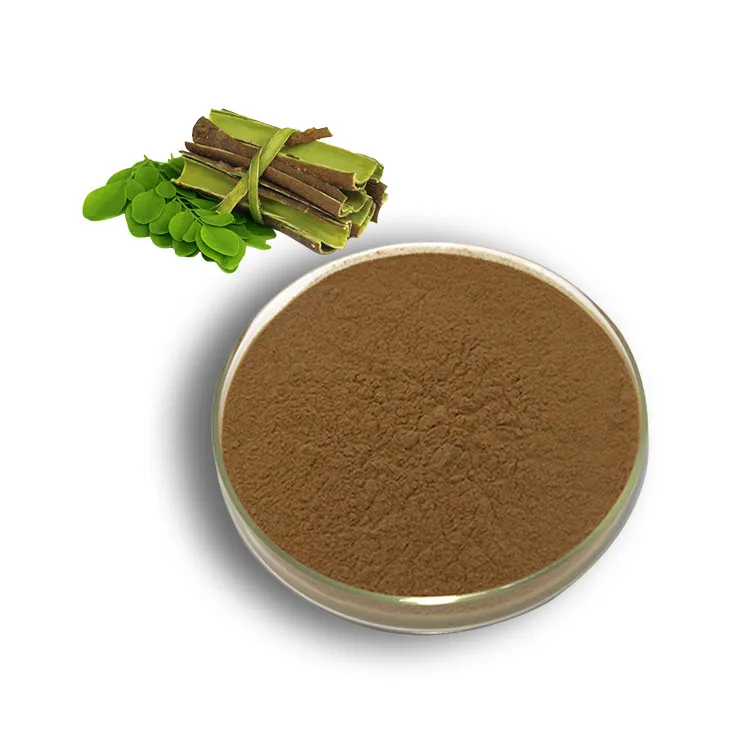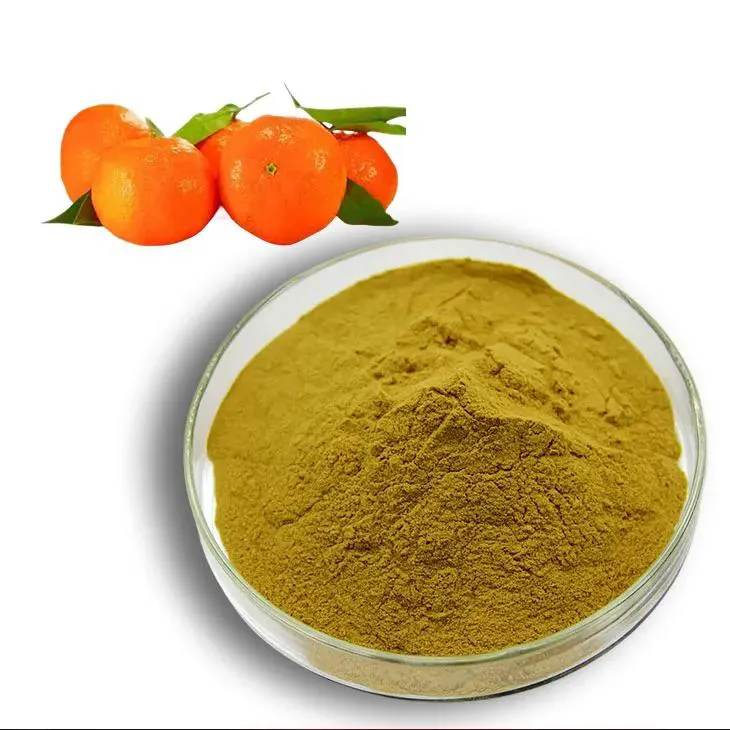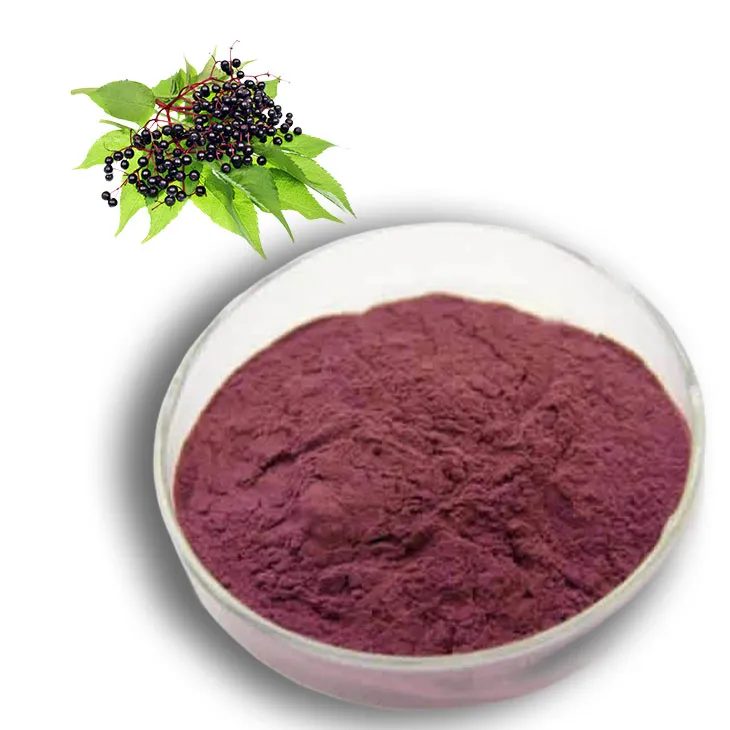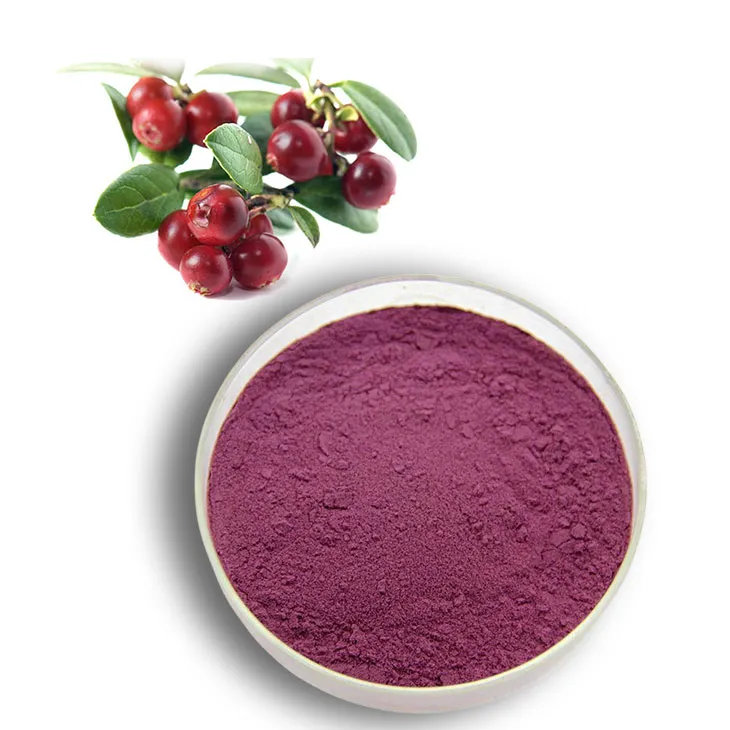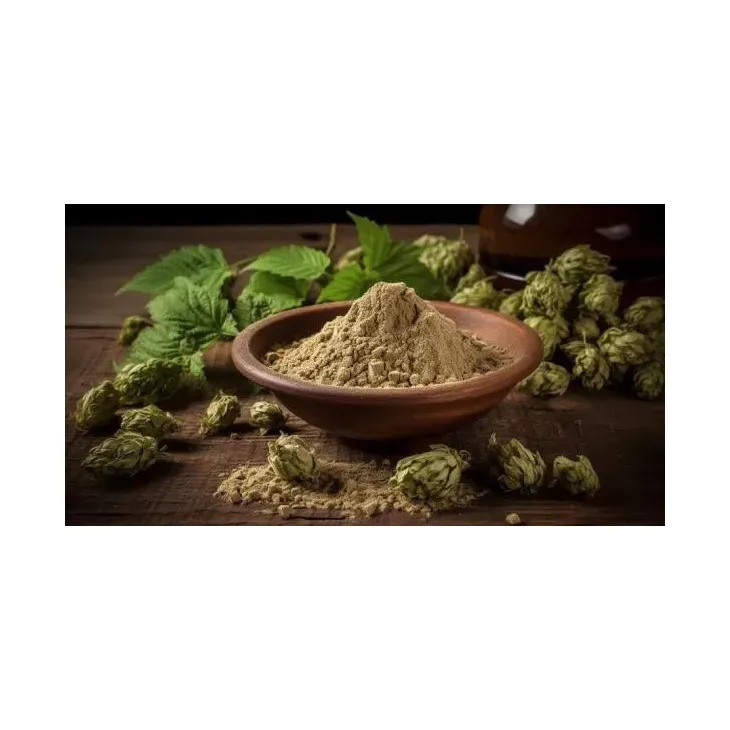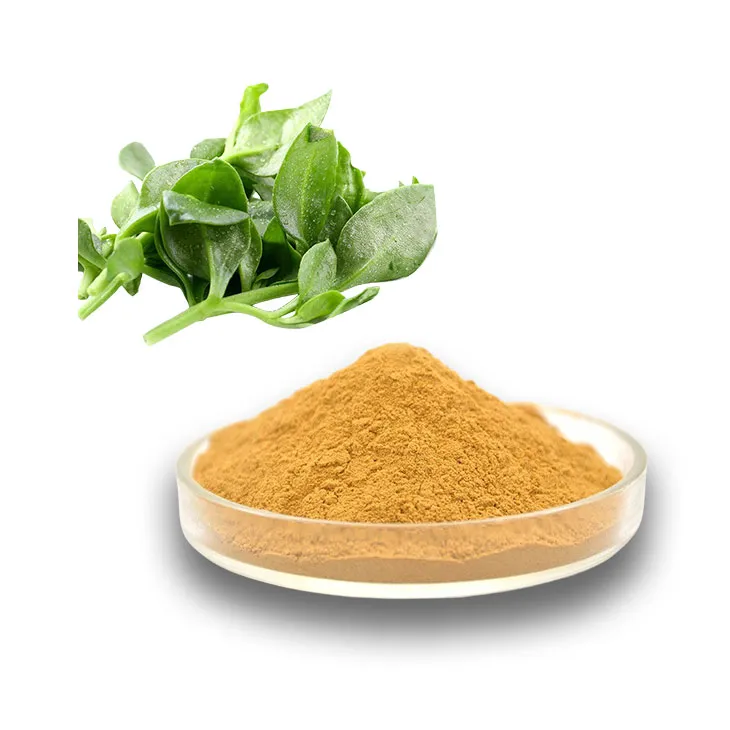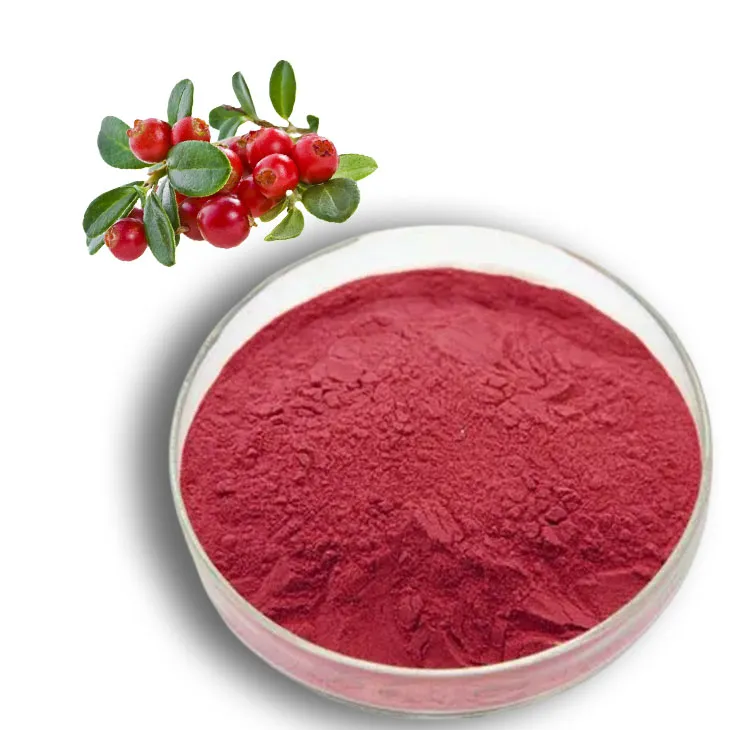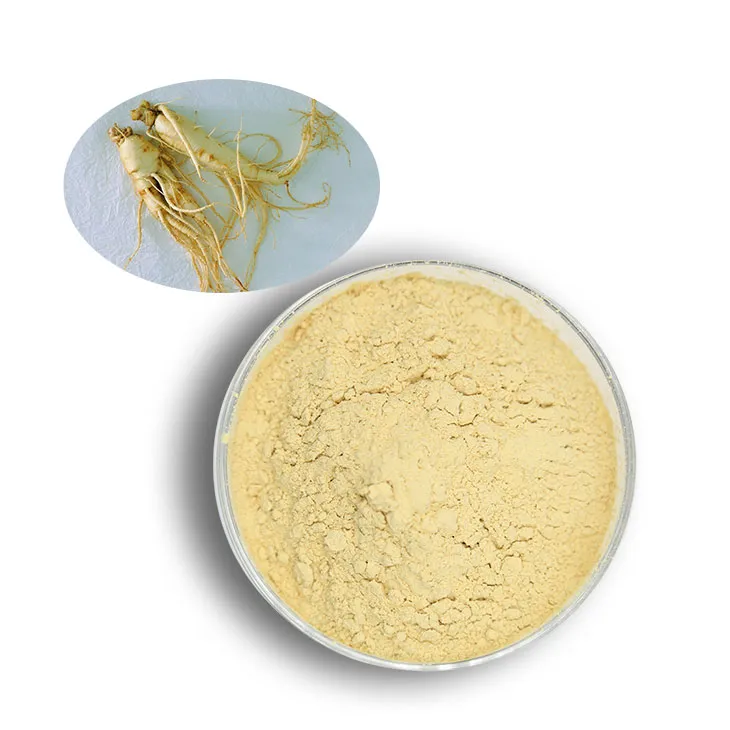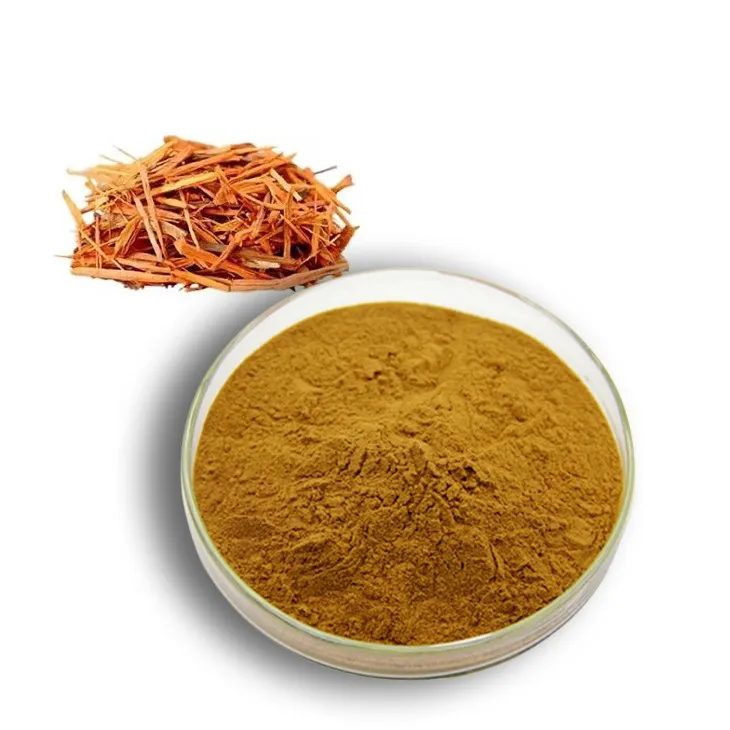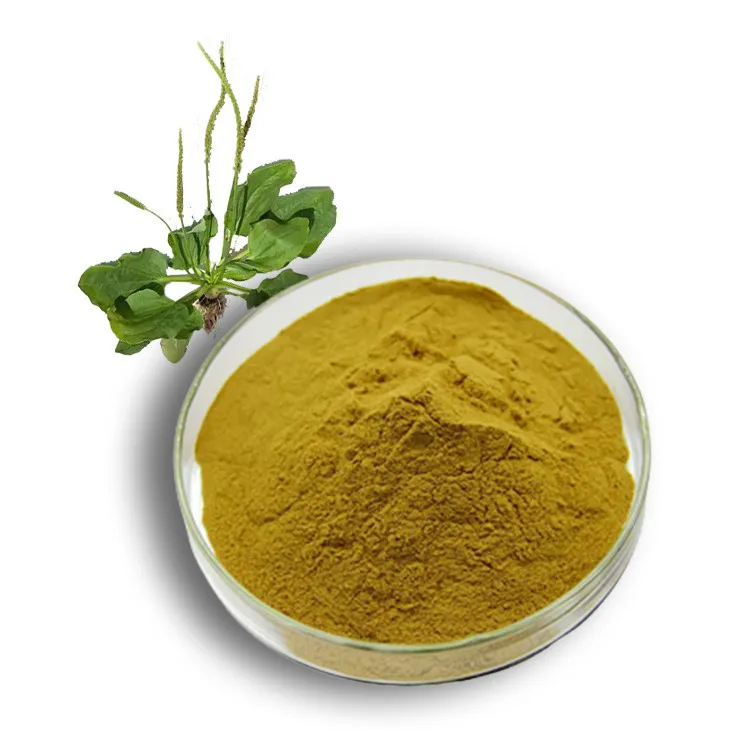- 0086-571-85302990
- sales@greenskybio.com
Understand the main processes of peppermint oil manufacturing in the food industry.
2024-12-10
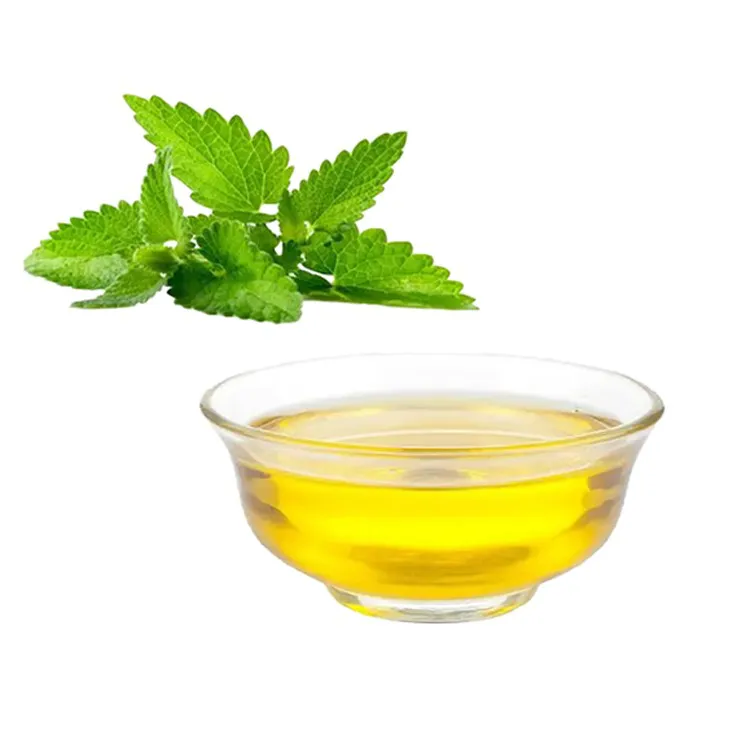
Cultivation of Mint
The journey of Peppermint Oil manufacturing in the food industry commences with the cultivation of mint plants. Mint farms play a crucial role in this initial stage. Farmers need to manage these farms meticulously to ensure the production of healthy mint crops.
Proper watering is essential for mint plants. They require an adequate and consistent water supply. Too much or too little water can have adverse effects on the growth and quality of the mint. The watering schedule often depends on factors such as the climate, soil type, and stage of plant growth.
Fertilization is another key aspect. Mint plants need a balanced supply of nutrients to thrive. This includes macronutrients like nitrogen, phosphorus, and potassium, as well as micronutrients. The type and amount of fertilizer used are carefully determined based on soil analysis and the specific requirements of the mint variety being cultivated.
Pest control cannot be overlooked. Mint plants are susceptible to various pests such as aphids, spider mites, and mint flea beetles. Integrated pest management strategies are often employed. This may involve the use of natural predators, such as ladybugs to control aphids, as well as the judicious use of pesticides when necessary. However, in the context of food - grade Peppermint Oil production, the use of pesticides is strictly regulated to ensure that the final product is safe for consumption.
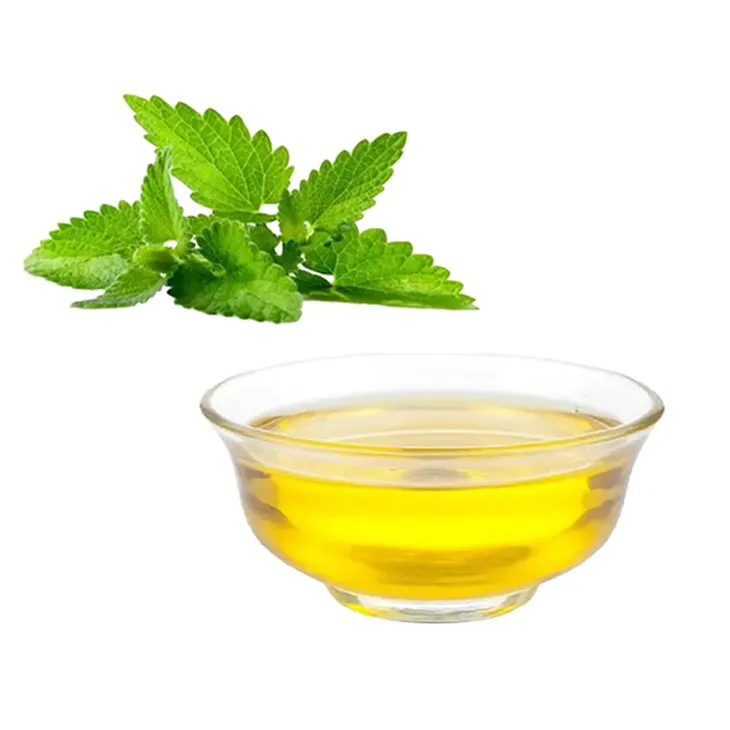
Harvesting of Mint
Once the mint plants have reached the appropriate stage of growth, they are ready for harvest. Harvesting must be done in a timely manner. This is crucial because the quality of the mint can deteriorate if left unharvested for too long.
The timing of the harvest depends on various factors, including the variety of mint and the intended use of the oil. Generally, mint is harvested when it is in full bloom or just before. At this stage, the essential oil content in the mint is at its peak.
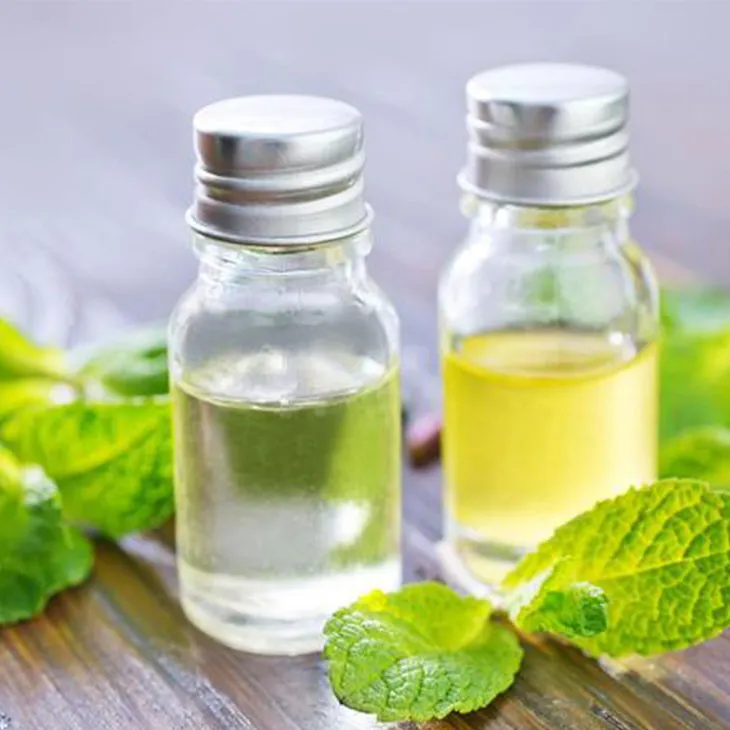
Pre - processing of Mint
After harvesting, the mint undergoes pre - processing. In some cases, this may include drying to reduce the moisture content. Drying helps in preserving the mint and preparing it for the extraction process.
There are different methods of drying mint. One common method is air - drying, where the mint is spread out in a well - ventilated area. Another option is using drying equipment such as dehydrators. The drying process needs to be carefully monitored to ensure that the mint does not lose too much of its essential oil content or become damaged.
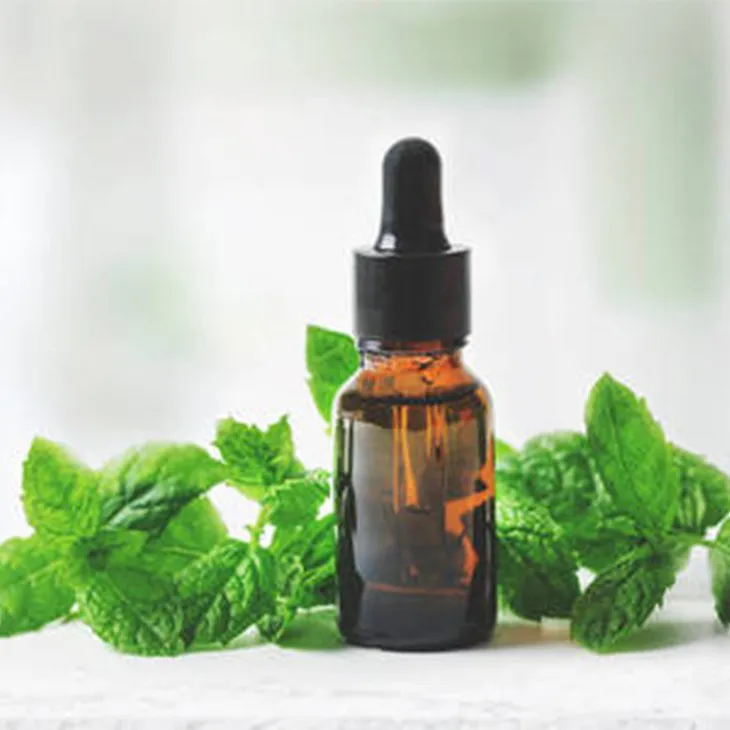
Extraction of Peppermint Oil: Steam Distillation
The main extraction method for peppermint oil in the food industry is steam distillation. This is a well - established and effective process.
During steam distillation, the dried or fresh mint is exposed to steam. The steam helps to release the volatile components that form the peppermint oil. These volatile components are then carried along with the steam.
The steam - mint mixture is then passed through a condenser. In the condenser, the steam is cooled and converted back into water. As a result, the volatile components, which include the peppermint oil, are separated from the steam and condensed into a liquid form.
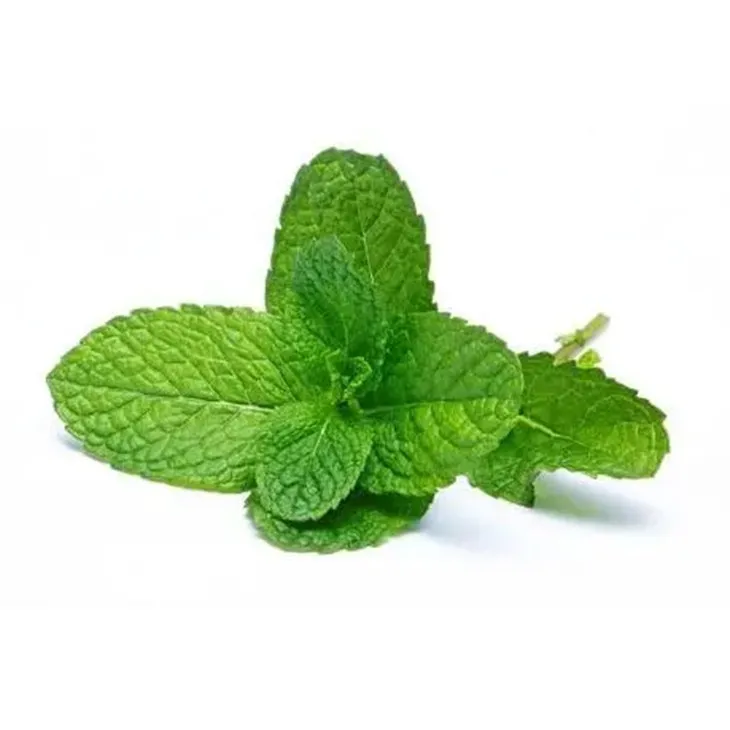
Separation of Peppermint Oil from Water
The resulting distillate from the steam distillation process contains peppermint oil along with water. To obtain pure peppermint oil, a separation process is required.
One method is decantation. In decantation, the distillate is left to stand for a period of time. Since peppermint oil is less dense than water, it will float on top of the water layer. The oil can then be carefully poured off or siphoned from the top.
Another option is to use a separator device. These devices are designed to separate the two immiscible liquids based on their density differences. They can be more efficient and accurate in separating the peppermint oil from water, especially in large - scale production.
Quality Control in Peppermint Oil Manufacturing
Quality control checks are carried out at different stages of peppermint oil manufacturing. These checks are essential to ensure that the final product meets the required standards for use in food items.
One aspect of quality control is the analysis of the chemical composition of the peppermint oil. This involves using techniques such as gas chromatography - mass spectrometry (GC - MS). GC - MS can accurately identify and quantify the various components in the peppermint oil, such as menthol, menthone, and other terpenes.
The sensory properties of the peppermint oil are also evaluated. This includes its aroma, flavor, and appearance. Trained sensory panels may be used to assess these properties. For example, the aroma of the peppermint oil should be fresh, minty, and characteristic of high - quality peppermint.
Contaminant testing is another important part of quality control. This includes testing for pesticides, heavy metals, and other potential contaminants. The levels of these contaminants must be within the limits set by regulatory authorities to ensure the safety of the peppermint oil for use in food.
Packaging and Storage of Peppermint Oil
After the peppermint oil has passed all the quality control checks, it is ready for packaging and storage.
The packaging of peppermint oil is designed to protect it from factors such as light, air, and moisture. Dark - colored glass bottles are often used as they can block out light, which can cause degradation of the oil. The bottles are also sealed tightly to prevent air and moisture from entering.
Regarding storage, peppermint oil should be stored in a cool, dry place. Exposure to high temperatures can cause the oil to evaporate or deteriorate. The storage area should also be away from sources of strong odors, as peppermint oil can absorb odors easily, which may affect its quality.
FAQ:
1. What are the key factors in mint cultivation for peppermint oil manufacturing?
Proper watering, fertilization, and pest control are key factors in mint cultivation for peppermint oil manufacturing. These elements ensure the mint plants are healthy and ready for harvest.
2. Why is pre - processing necessary before extracting peppermint oil?
Pre - processing, such as drying in some cases, is necessary to reduce the moisture content of the mint. This helps in the subsequent extraction process, especially in steam distillation.
3. How does steam distillation work in peppermint oil manufacturing?
During steam distillation, the mint is exposed to steam. The volatile components that form the mint oil are separated from the plant material. The resulting distillate contains both mint oil and water.
4. What methods are used to separate mint oil from water?
Methods like decantation or using a separator are used to isolate the mint oil from the water in the distillate.
5. Why are quality control checks important in peppermint oil manufacturing?
Quality control checks are important as they ensure the chemical composition of the mint oil meets the required standards for use in food items. Checks are carried out at different stages of the manufacturing process.
6. How should mint oil be stored after packaging?
Mint oil should be stored appropriately after packaging. This means storing it in a suitable environment to maintain its quality until it is used in food manufacturing processes.
Related literature
- “Peppermint Oil Production: A Comprehensive Guide”
- “The Science Behind Peppermint Oil Manufacturing in the Food Industry”
- “Best Practices for Peppermint Oil Quality in Food Applications”
- ▶ Hesperidin
- ▶ citrus bioflavonoids
- ▶ plant extract
- ▶ lycopene
- ▶ Diosmin
- ▶ Grape seed extract
- ▶ Sea buckthorn Juice Powder
- ▶ Beetroot powder
- ▶ Hops Extract
- ▶ Artichoke Extract
- ▶ Reishi mushroom extract
- ▶ Astaxanthin
- ▶ Green Tea Extract
- ▶ Curcumin Extract
- ▶ Horse Chestnut Extract
- ▶ Other Problems
- ▶ Boswellia Serrata Extract
- ▶ Resveratrol Extract
- ▶ Marigold Extract
- ▶ Grape Leaf Extract
- ▶ blog3
- ▶ Aminolevulinic acid
- ▶ Cranberry Extract
- ▶ Red Yeast Rice
- ▶ Red Wine Extract
-
White Willow Bark Extract
2024-12-10
-
Citrus bioflavonoids
2024-12-10
-
Elderberry Extract
2024-12-10
-
Bilberry Extract
2024-12-10
-
Uridine-5'-monophosphate Disodium salt
2024-12-10
-
Andrographis Paniculata Extract Powder
2024-12-10
-
Cranberry Extract
2024-12-10
-
American Ginseng Root Extract
2024-12-10
-
Yellow Pine Extract
2024-12-10
-
Plantain extract
2024-12-10











